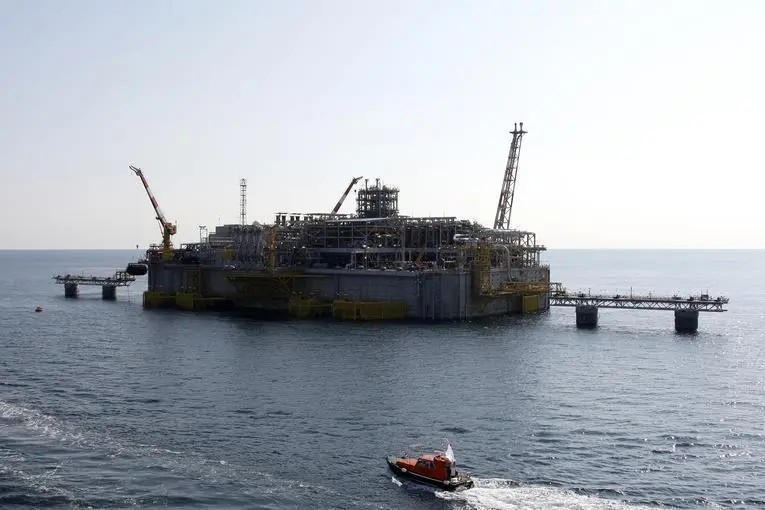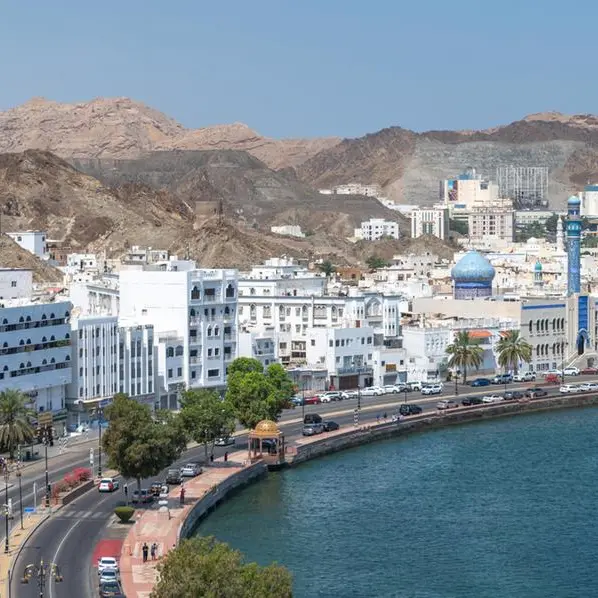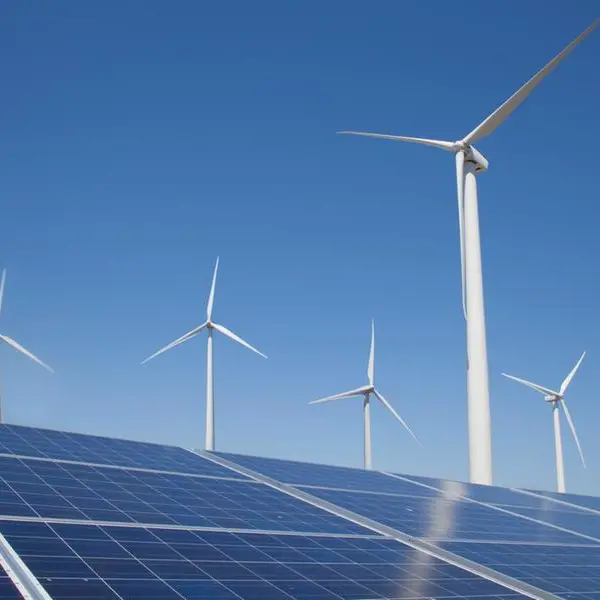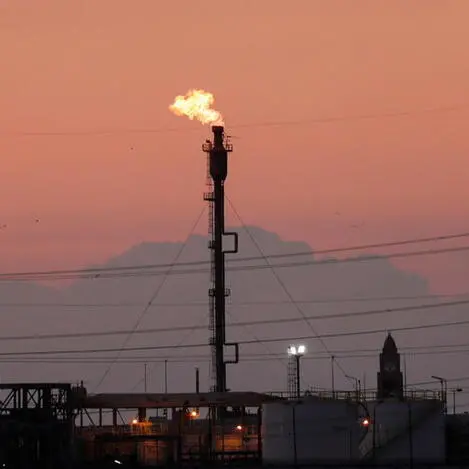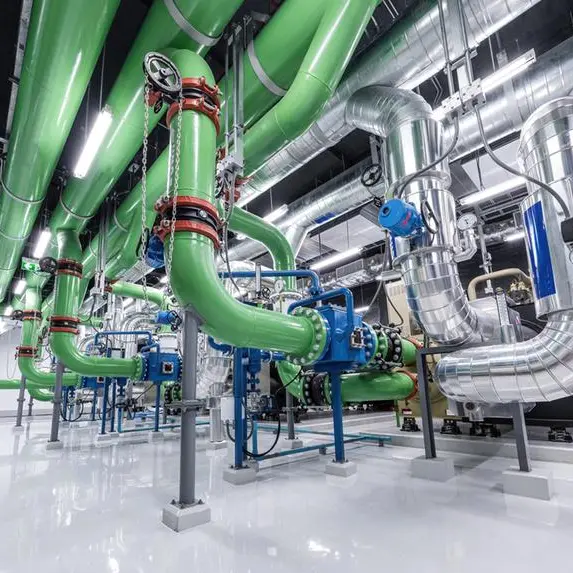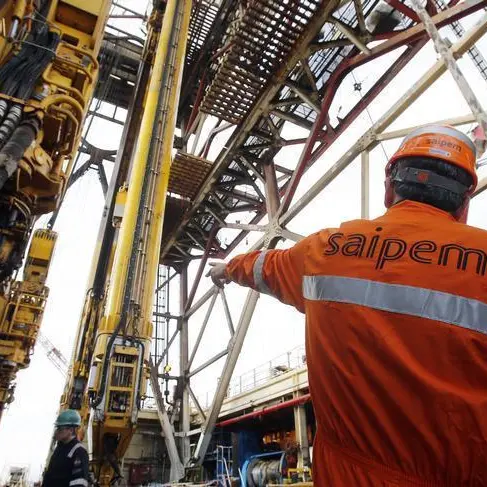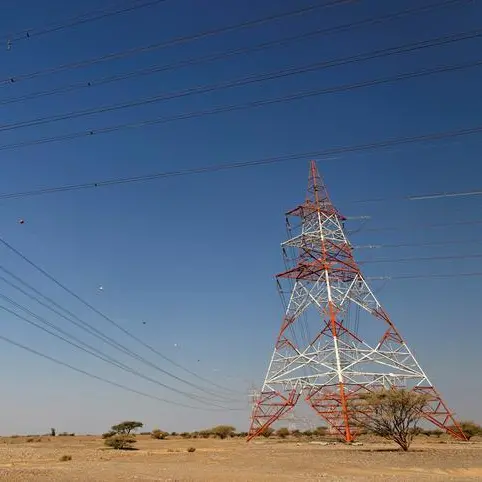PHOTO
Qatar is embarking on another significant wave of fleet expansion, to underpin its domestic expansion of the North Field project, as well as investments in the Golden Pass LNG terminal in the US Gulf Coast region according to Gas Exporting Countries Forum (GECF) annual gas market report 2023.
To accomplish this, it has been reported that Qatar has secured booking slots at all of the major South Korean shipbuilding yards over the next five years, for orders of around 100 new carriers.
The cost of newbuild LNG carriers has increased in excess of $250m, which is around $20m more than the average price during 2021. This increasing cost in recent years has been attributed to rising expenses related to construction materials, mainly steel, as well as shortages in the number of available shipyards, the report further said.
It added, concerning this point, it has led to vessel owners exploring other options outside the traditional world-leading shipyards for newbuild orders. In particular, with the Hyundai, Daewoo, and Samsung shipyards of South Korea becoming fully booked until after 2025, manufacturers in China are growing in importance, already securing at least 36 of the vessels on the orderbook for orders, which the ownership details are already known.
In 2022, the number of LNG cargoes traded globally reached 6,210, increasing 2 percent over the total number of shipments in 2021. This continued the trend of more cargoes being traded annually in each of the past five years, except during the initial breakout of the pandemic in 2020. Compared with 2021, the number of LNG shipments per month was greater for most of 2022; over the year, the monthly average number of cargoes was 518 compared with 506 in 2021.
For the fourth consecutive year, Australia delivered the highest number of LNG cargoes. In 2022, just as in 2021, the US, Qatar, Russia, and Malaysia completed the top five exporters by number of shipments. The US also had the highest increase in number of cargoes, recording an additional 81 more shipments in 2022 than in 2021.
The second highest increase was attributed to Norway, which loaded 49 cargoes from the restarted Hammerfest LNG terminal since June 2022. GECF Countries Equatorial Guinea and Peru registered the largest percentage increases in cargo exports in 2022, with 32% and 21%, respectively. In addition, another GECF Country, Mozambique, joined the league of LNG exporters with three loadings from the Coral South FLNG terminal at the end of 2022.
The increasing trend in global LNG shipments is expected to continue in 2023 as per the overall growth in LNG demand. Furthermore, LNG shipping would be boosted by the restart of the Freeport LNG plant in the US, and increased cargo imports in Europe and Asia Pacific. However, the LNG shipping market may experience tightness due to new IMO regulations in 2023 and further ahead.
At the end of 2022, the global LNG carrier fleet stood at 677 vessels. Although the total has gradually increased, only 28 new vessels were commissioned in 2022. This represented growth of 4 percent, which was the lowest increase since 2013. As observed in the recent historical trend since 2010, the years in which there is a sharp increase in the fleet growth rate are typically followed by a drop in the subsequent year, the annual report noted.
Accordingly, this was repeated in 2022, with just over 4,600,000 cubic metres of LNG carrier capacity entering into service, merely half of the capacity commissioned in 2021.
© Dar Al Sharq Press, Printing & Distribution. All Rights Reserved. Provided by SyndiGate Media Inc. (Syndigate.info).
